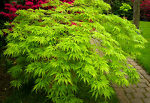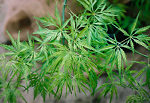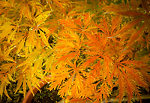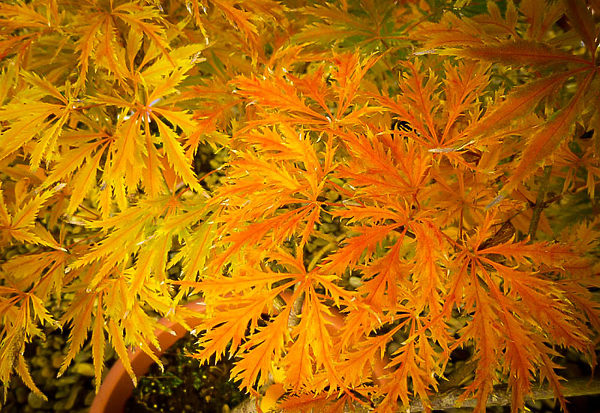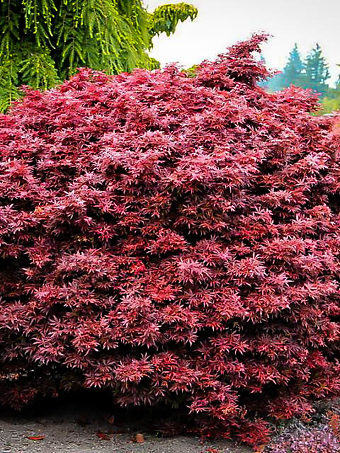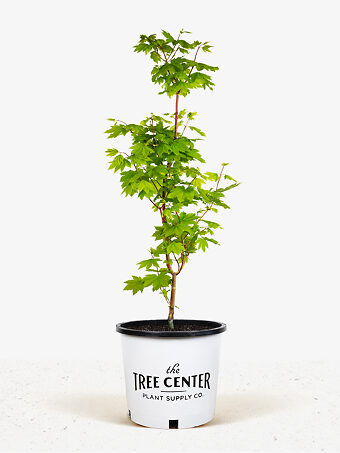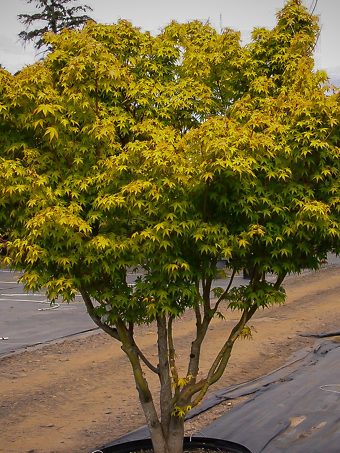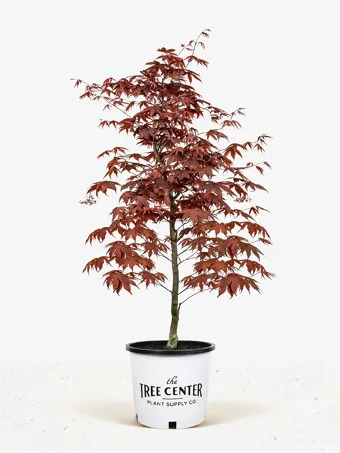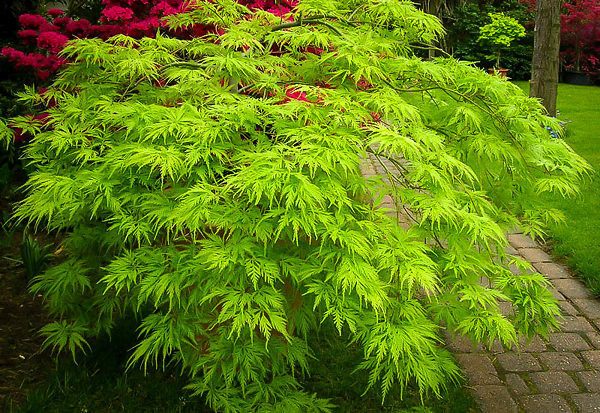
Filigree Japanese Maple
Acer palmatum ‘Filigree’View more from Japanese Maple Trees
Filigree Japanese Maple
Acer palmatum ‘Filigree’
30 day - ARRIVE AND THRIVE™ guaranteeLearn more


Special Features

Botanical Name
Acer palmatum ‘Filigree’
Outdoor Growing zone
5-9
Mature Height
4-6
Mature Width
6-9
Sun needs
Full Sun, Partial Sun
DOES NOT SHIP TO
AK, CA, HI, PR
Sometimes you just have to have the very best there is and when it comes to the garden the same is true. So if you admire the best, the Filigree Japanese Maple is that, a connoisseur’s plant that is rarely offered for sale but highly sought after. This cascading tree will become a broad mound of foliage up to six feet tall and nine feet across, a true thing of beauty. Every leaf is a work of art, with seven narrow lobes spreading out like fingers, and each lobe further divided into a perfect lacy form. The veins are prominent and in spring especially they stand out against the soft green of the new foliage. Each leaf appears flecked in white and gold, like a creation by a fairy jeweler. Yet this tree is no more difficult to grow than other Japanese Maples, happy in a partially shade location with protection from the afternoon sun.
- A cascading tree with elegant and graceful foliage
- Every leaf is deeply divided and divided again into beautiful lace
- Jeweled spring-leaves flecked in white and gold
- Beautiful fall colors of yellow and orange
- Thrives in the protection of a partially shaded location
We recommend this tree for cooler zones, where the foliage will last well all summer and turn beautiful shades of yellow and orange in fall. Planted in a partially-shaded location the Filigree Japanese Maple will mature into a unique, high-quality feature in your garden and give great pleasure year after year.
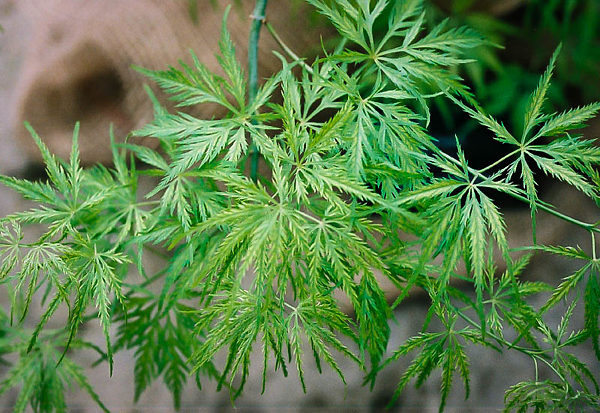
Japanese Maples are well known and even the ordinary gardener has seen and perhaps grown a red-leaved form, for example. However, there is a whole other level to these trees, one filled with rarities and special beauties that have superb qualities in the garden, but for various reasons are rarely seen. One popular large group are the ‘dissectum’ Japanese Maples, which have leaves divided into deep lobes almost to the leaf stalk. As well, forms in this group have the lobes further divided into side lobes, so the effect is like fine combs radiating from the center of the leaf. In the best form there will be 7 or more main lobes, each with many further tiny divisions. This gives a very delicate appearance to the leaves and also the tree, making a unique statement in the garden.
One of the very finest of these already special trees is the Filigree Japanese Maple. Here the leaves are so perfectly divided they do indeed seem like filigree iron-work created by fairies. This tree also belongs to other groups, one the Matsumurae group, where the leaves are divided very deeply, almost to the bottom, and the other the Reticulate group, where the veins are very prominent on the leaf and darker in color than the background. The Filigree Japanese Maple therefore has extraordinary leaves!
Growing Filigree Japanese Maple Trees
When the leaves emerge in spring they are a pale green, so pale they are almost white. The leaves are darker green and create a network across the finely-divided leaves. The overall result is stunning, a cloud of delicacy that has to be seen to be believed. The leaves appear flecked with white and gold from a distance, giving the most extraordinary effect. As the season progresses the contrast fades and the leaves become a more uniform soft green, but then in fall they turn glorious shades of yellow and often also brilliant orange, again with the delicacy which this variety is noted for.
Now this foliage alone would be something very worthwhile and special, but it is carried on a tree with a graceful weeping habit, so together it creates a tree that belongs more in a forest for fairies than in the real world. In time this tree will reach 4 to 6 feet in height, and it will cascade down in a broad form becoming in time at least 6 feet wide and often as much as 9 feet across. A mature tree is a thing of staggering beauty and something every gardener would die to have in their garden.
Soil Conditions and Sun Exposure
Perhaps surprisingly this tree is not very particular about soil, thriving in most types of soil that are not always wet, but which do not become very dry either. Adding plenty of organic material to the soil when planting will not only conserve moisture but provide nutrients for your tree too. Location is important with a special tree like this. It should be in a spot which is sheltered from the afternoon sun, and in warmer areas from the sun all day long.
Hardiness and Climate
Although the Filigree Japanese Maple will grow well in hot regions, we recommend it more for cooler growing zones, because in very warm areas, even with sufficient watering, the leaves may fall during heat-waves. This does not damage the tree at all, since all the growth takes place in spring and early summer, but it does shorten the season, so for the warmest regions we recommend several of our other varieties, such as the Ryusen Japanese Maple, which is very tolerant of heat and sun in the hottest areas.
Watering and Maintenance
Apart from providing water in summer, this tree really needs very little care. It has no significant pests or diseases and needs no pruning – indeed it is best left un-pruned. Just remove any small twigs that may die back. It is best to let it develop naturally, as each tree will become unique, depending on its location.
Buying Filigree Japanese Maples at The Tree Center
Now this tree bears no resemblance to cheaper seedling Japanese Maples of no particular origin, and all discerning gardeners respect the craftsmanship that goes into producing these special plants. For this reason, you should avoid cheap trees that will only be a disappointment and instead choose real quality and make an investment in your garden’s future. The demand for such rare varieties as the Filigree Japanese Maple is high, and our stocks are limited, so order now to have the privilege of growing the best.
